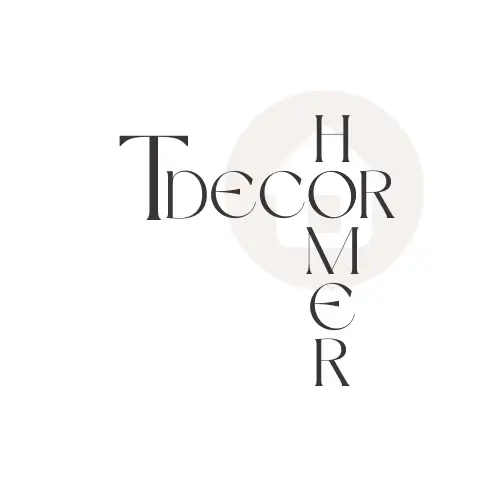How Many Lamps Do You Need In A Room?
Needless to say, the most crucial component of interior design is lighting.
Most spaces of your house require lamps.
It could be secondary or auxiliary lighting in addition to the main ceiling lights in each room.
Furthermore, the correct lamp lighting initiates a calming, pleasant glow that makes you feel at home.
But, how many?
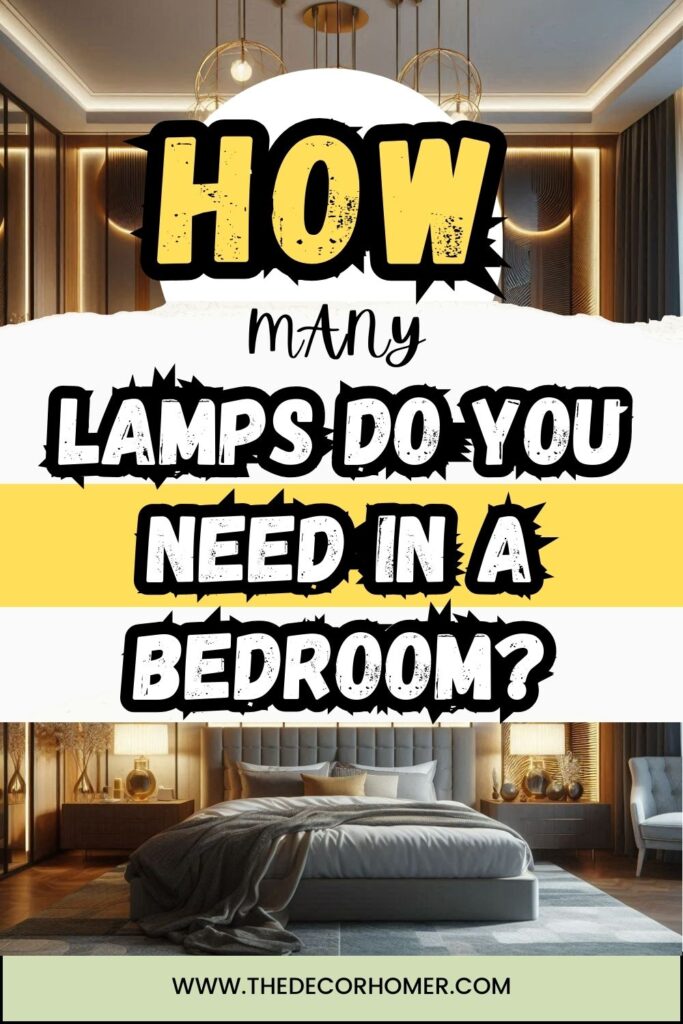
If you’re thinking the same, no worries!
We like finding new ways to use lamps of all different sizes, colours, and patterns to adorn our homes.
But is it possible to have too many lamps in one space?
If not, what is the ideal number of lighting for a room?
Today, I’ll respond to all your queries.
Keep scrolling…
How Many Lamps Is Ideal for My Room?
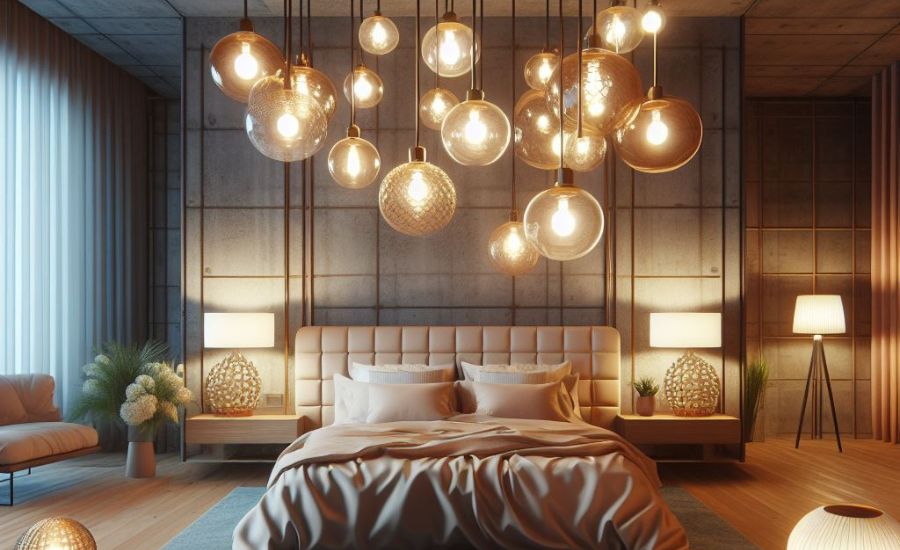
Say, you consider two lamps.
Each has a significant aesthetic and decorative influence on your room when paired with existing lighting.
Moreover, the number of lights you need for a room might also depend on other elements.
You need to consider the size of your room, the colour of your walls, and the level of brightness you desire.
The first and most crucial consideration when deciding the number of lights is figuring out how much light the space requires.
The easiest method is to multiply the width by the room length, then multiply that result by 1.5.
Feel free to use this simple formula:
(room length x room width x 1.5).
This way, you may accurately calculate the watts required to illuminate the room.
Calculating lumens is another common practice for determining how much light a space requires.
According to the general rule of thumb, a living room or bedroom would require 10–20 lumens per square foot of lighting.
For your kitchen or bathroom, you need about 70–80 lumens per square foot.
Now, to calculate lumens, multiply the square footage of your room by its length and width.
Once you have the square feet, you can easily figure out how many lumens are needed for your area.
Say, a room is 100 square feet. In that case, the amount of light needed for the space would be 1000–2000 lumens multiplied by 10–20 lumens.
Depending on the size and intended usage of the space, this estimate may change slightly.
Once you know the lumen measurement, it is easy to calculate the lamps you require. But before you rush to buy lamps, consider whether your room has overhead lighting already.
Let’s say you already have some lights in a place that is effectively providing light. In such instances, adding one or two lights as a decorative feature or offering some ambient lighting does no harm.
For starters, a few tall self-standing lamps can create a lovely illumination if you wish to lighten up some dark regions.
How Can I Choose The Correct Number Of Lamps?
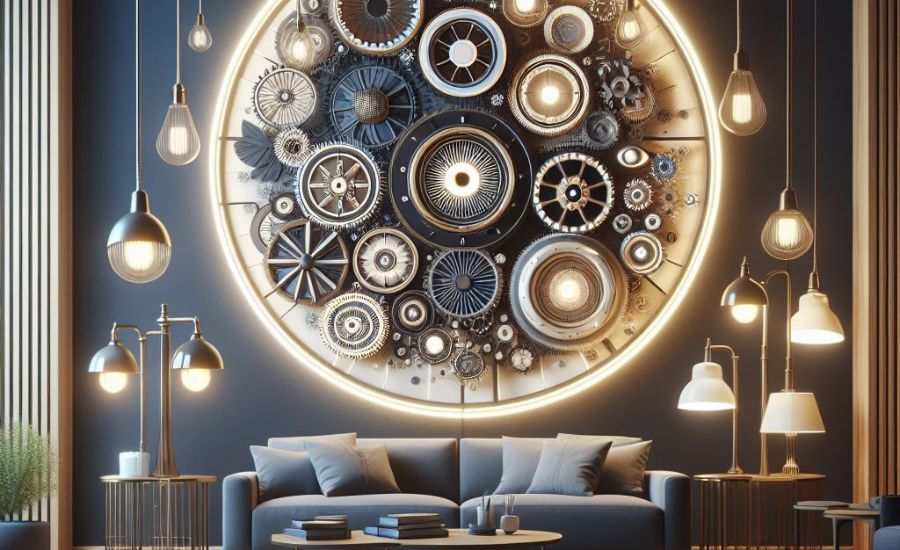
If the room is already furnished and decorated, consider the furniture placement, layout, existing lighting, and room size.
A room may get even brighter if too many lamps are added, especially if the walls are vast and empty.
In darkened spaces, adding lights that emit soft illumination can make your space feel more lively.
However, choosing the right lamp for such areas may take some time and effort. So, I advise you to take this decision by doing some research.
For instance, choose a few tiny lamps to highlight your artwork.
There are many different types of lamps to choose from.
But two should be enough if you only want to draw attention to a few key elements in your room.
It could be your artwork, sculptures, antiques or other decorative items.
In my room, can there be too many lamps?
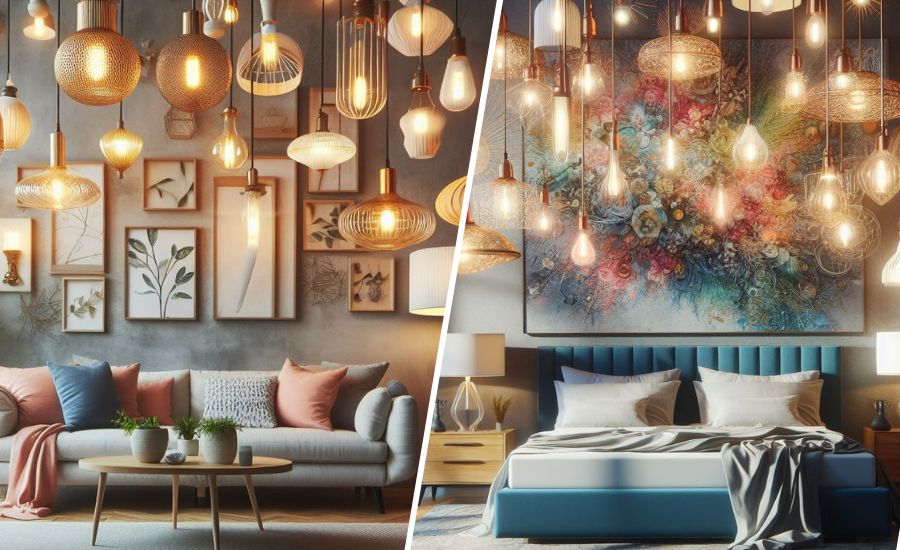
By now, you know there are 101 ways to increase the amount of light in a space.
You might need more lights than you would in a room with existing lighting if your lamps are the only source of light.
However, if you overstuff your room with lamps, the lighting may overwhelm all other characteristics and become overly distracting.
The purpose for which you will utilize the space must also be decided.
You could prefer warmer, cozier lighting in a lounge or dining room instead of brighter lighting in your office space.
What Lamps Do I Consider To Light My Room?
As I’ve said earlier, the options are plenty.
But, I have done some research so you don’t need to stress out! Here are the best options to consider in 2022-
Typical table lamps
These are available in various designs and styles, such as modern, conventional, and vintage. When in doubt, go for one of these!
Desk light
Desk lights serve the practical goal of providing extra light to a desk for work, study, or other activities.
In contrast to other lamps, the desk lamp often concentrates light in a narrow area that is significantly brighter. Choose one that suits you the best.
Buffet lamps
Buffet lamps are ornamental lights that don’t take up much room and concentrate light in one place.
The buffet lamps come in various materials and styles, from minimalist to eclectic, to enhance the interior design of your space.
It is best for the artwork and paintings in your room.
Floor Lamps
Floor lamps are quite popular these days They often stand on the floor and are taller. A floor lamp can illuminate a wide area.
Arclight
Because of its arching shape, arc lamps may shine their light upwards while keeping the lamp’s base farther away.
Arc lights can be employed for areas that need more light concentrated in one spot, such as the blindspots in your room.
Torchiere floor lamp.
Similar to the table lamp, a torchiere floor lamp is intended to cast light upward like a torch.
The size and light source are both larger on the floor model.
If your ceiling lighting is low, replace it with these.
Floor light on a table.
It is a typical hybrid of Table and floor lamps. If your room is small, just one of these is enough to do the job!
In The End
Deciding on how many lamps to use in your room has no one-answer-fits-all solution.
You need to consider a bunch of factors if you want them to be just perfect!
So, note what we’ve discussed today and I’m sure you will come up with some amazing combos.
That’s all for today! Happy shopping…
